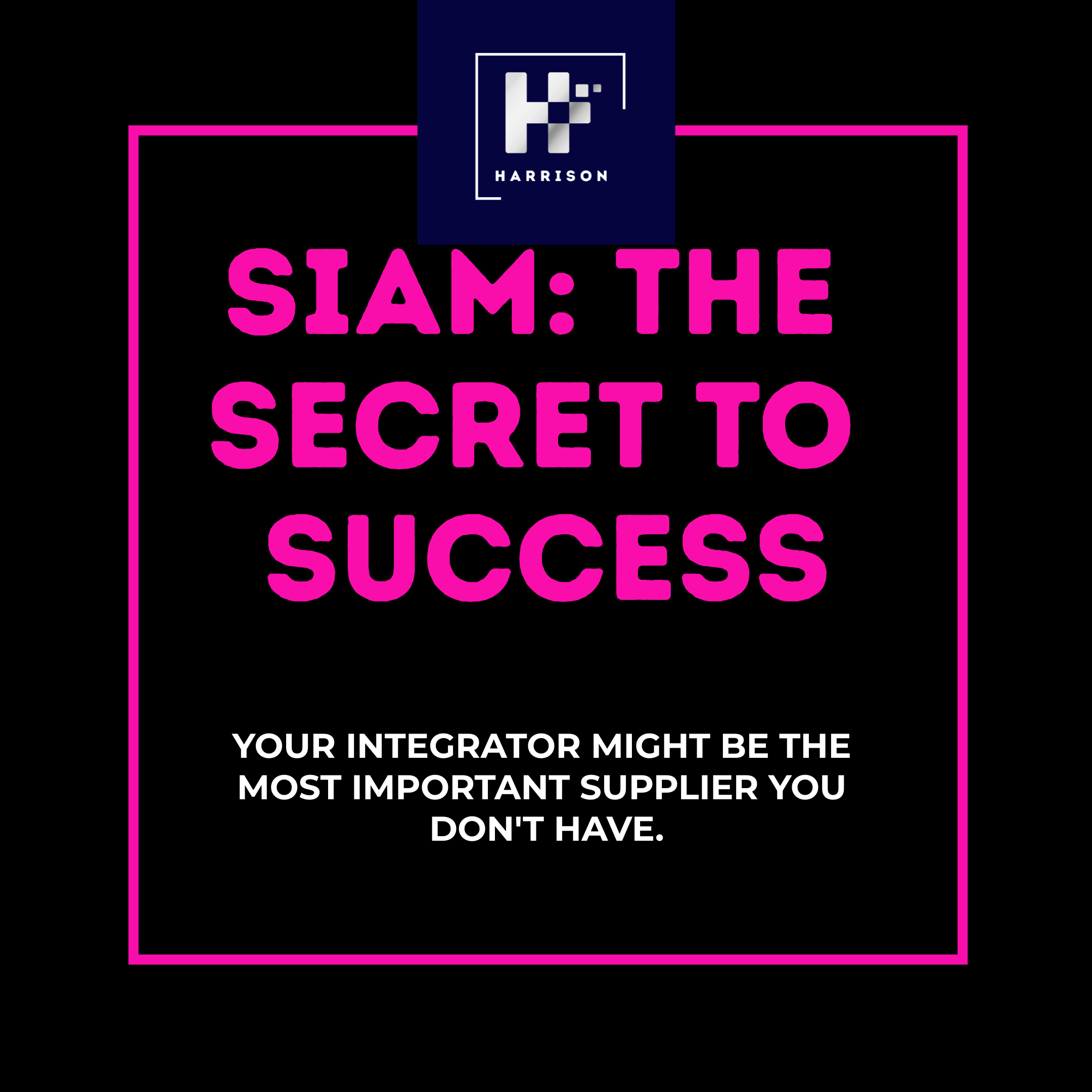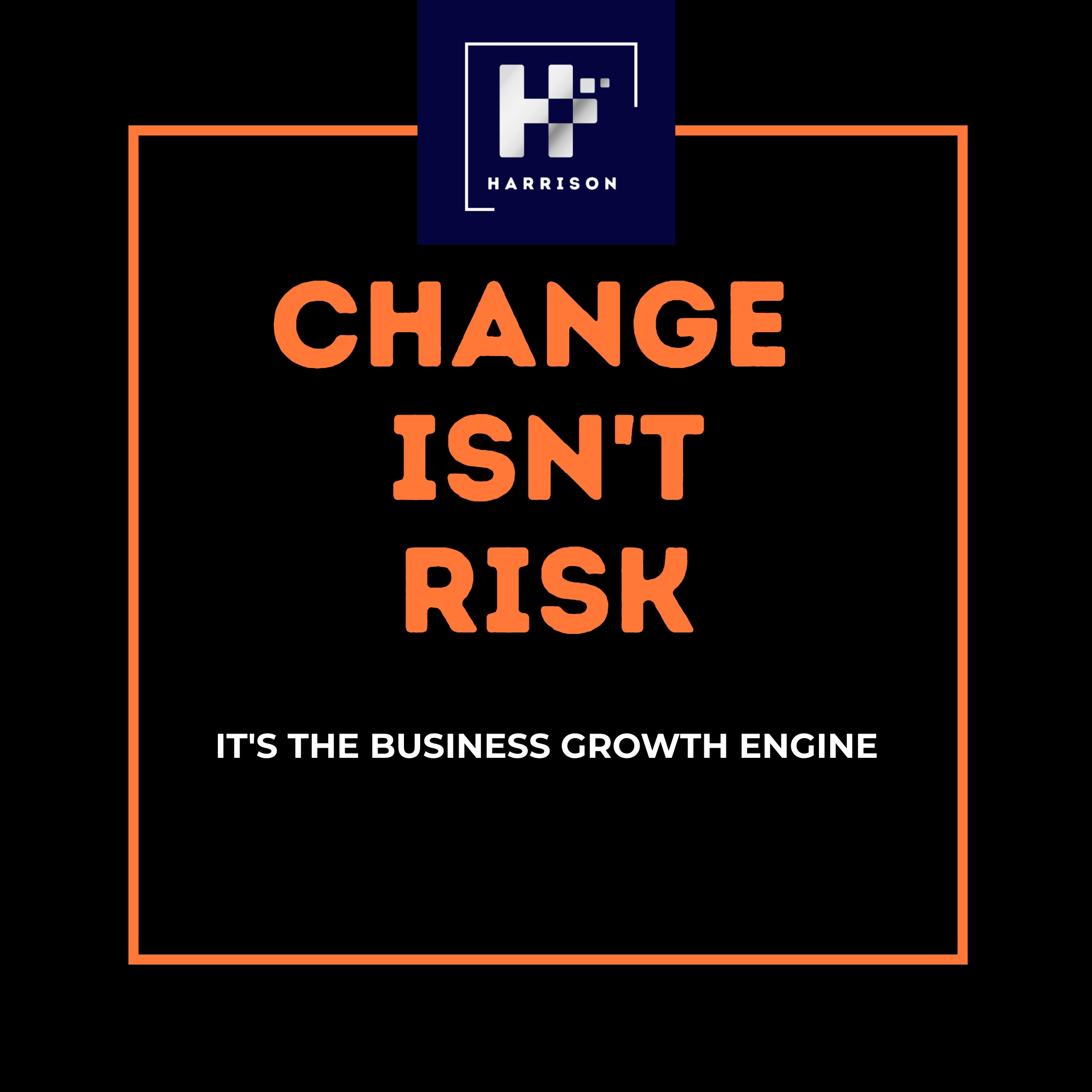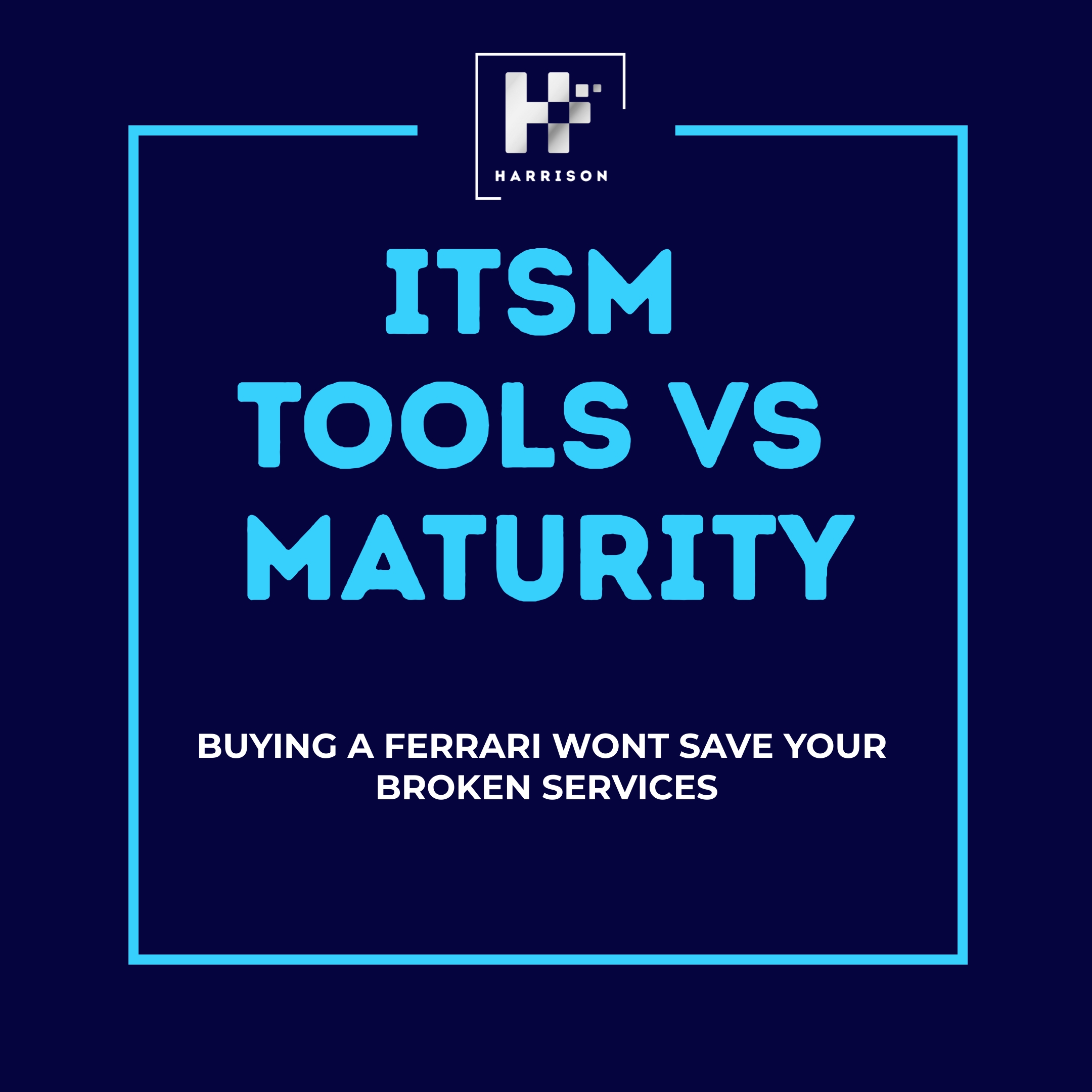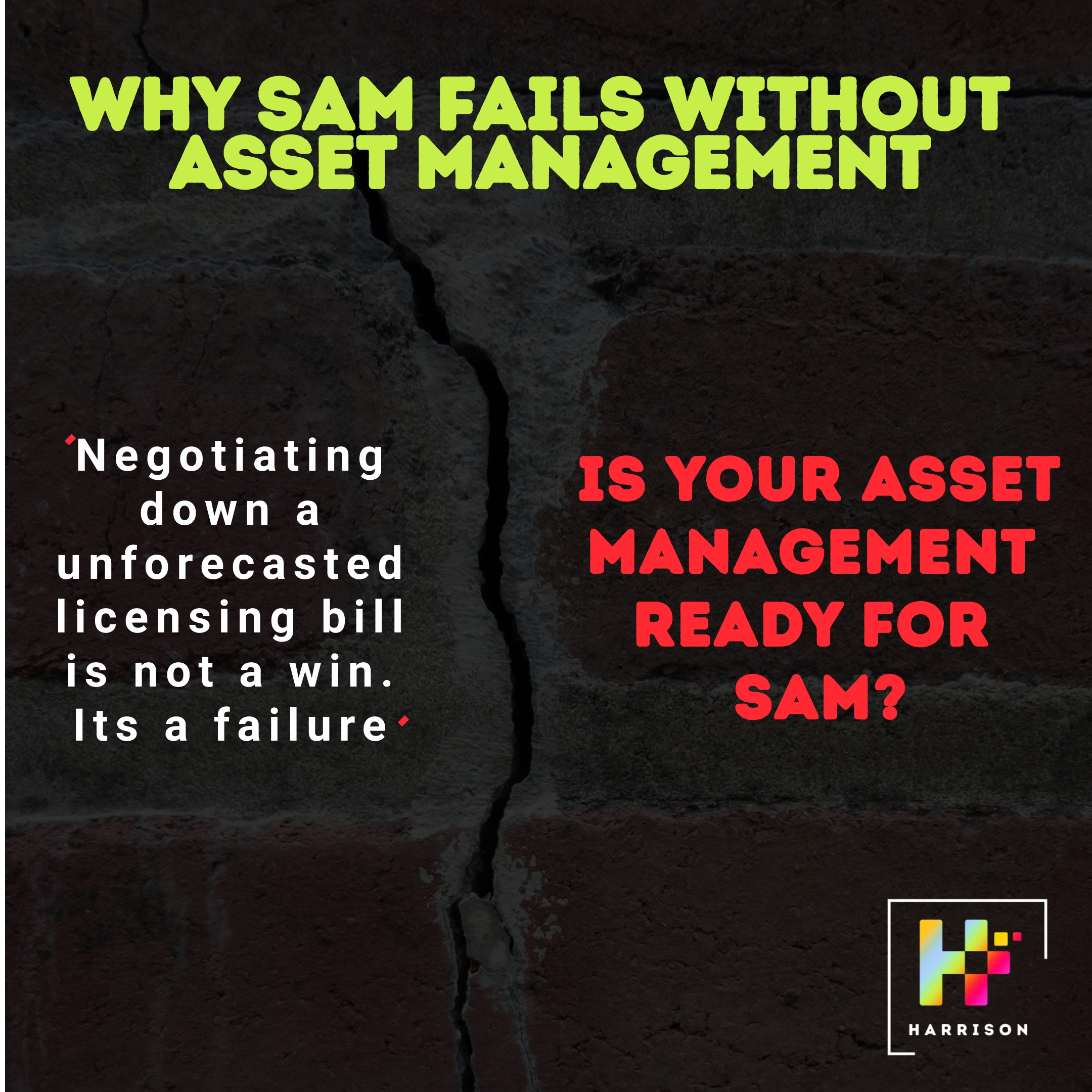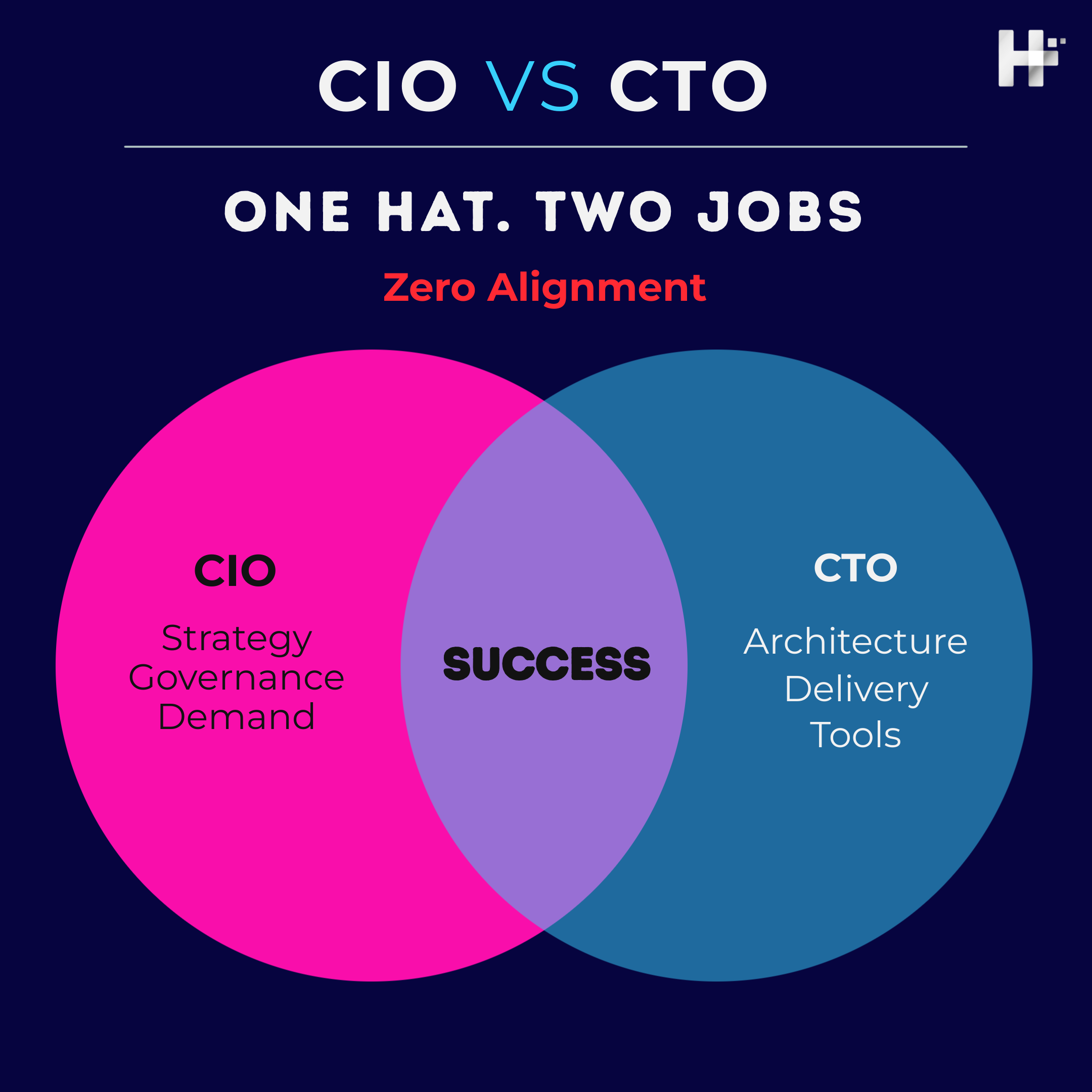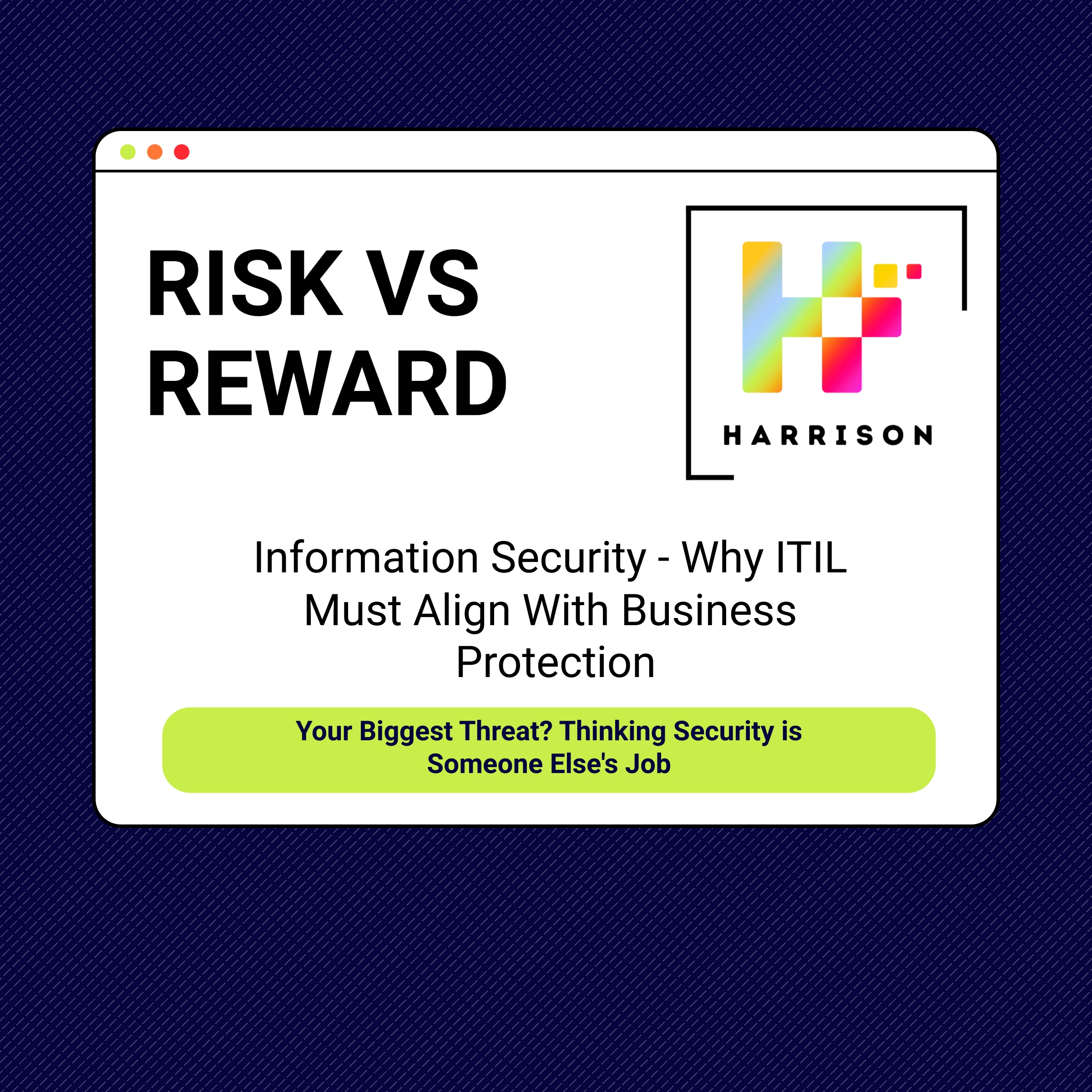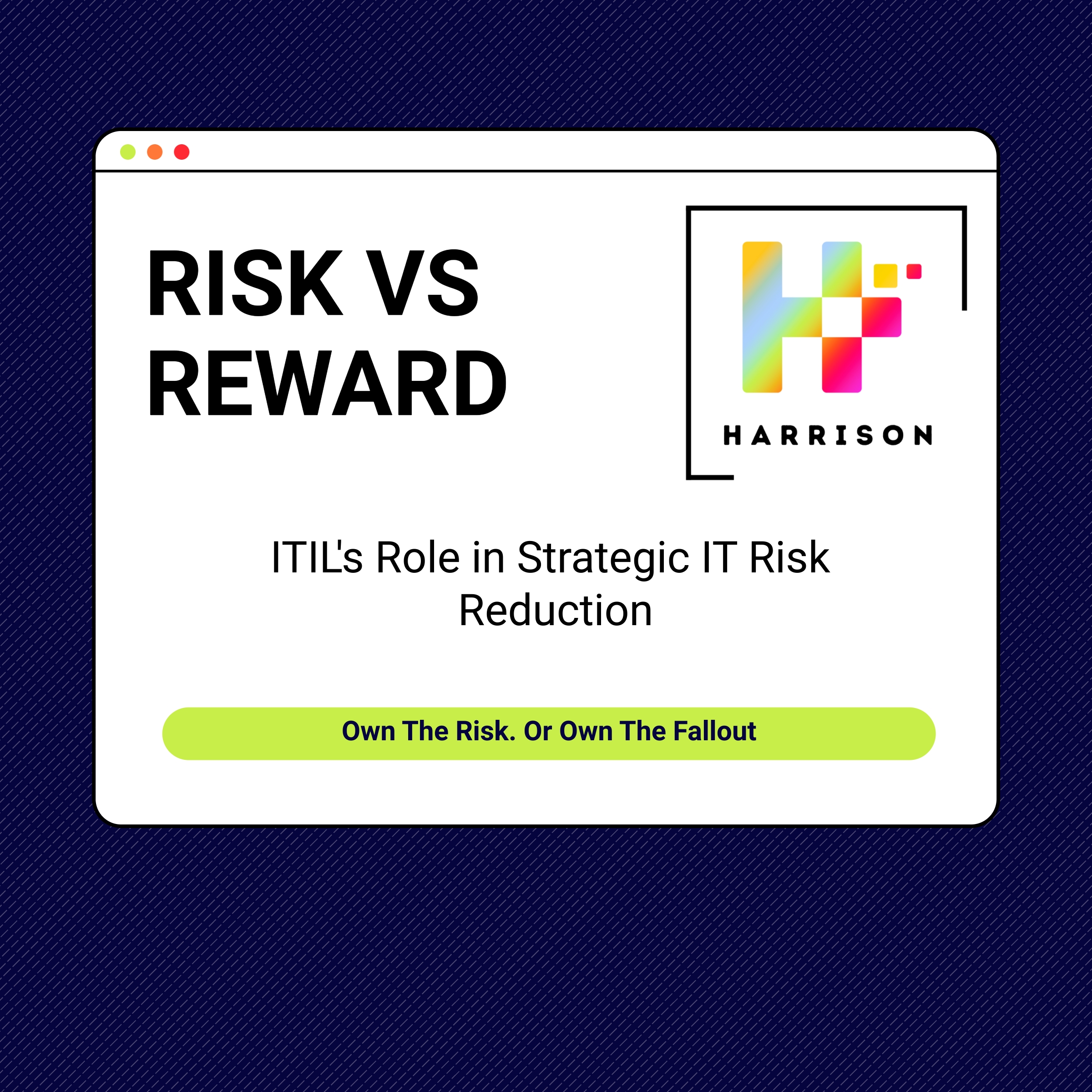SIAM: The Make-or-Break of Multi-Vendor IT
Why Your Integrator Might Be the Most Important Supplier You Don’t Have
Multi-Vendor IT Is the New Normal
Ten years ago, many IT organisations had one main outsourcing partner. One throat to choke. One dashboard to stare at.
Fast forward to today, and you’ve probably got a patchwork of suppliers:
-
Service Desk provider
-
Cloud hosting & infrastructure
-
Network partner
-
App development shop
-
Cyber security MSSP
-
SaaS vendors across every business unit
This is efficient — until it isn’t. Without a single point of integration, you end up with chaos: suppliers blaming each other, finger-pointing during incidents, and your team acting as the referee.
This is why Service Integration and Management (SIAM) exists. It’s not a buzzword. It’s an operating model designed to bring order to the madness.
The Critical Role of the SIAM Integrator
Let’s be clear — SIAM is not just meetings and matrices.
The integrator is the beating heart of SIAM.
Think of the integrator as the orchestra conductor:
-
They don’t play every instrument — but they make sure everyone is in time and on key.
-
They own the end-to-end view — not just a slice of the service.
-
They have authority to drive suppliers, escalate, and resolve — not just report.
Integrator models you can choose from:
-
Internal SIAM: You build the SIAM function in-house. You own the data, you set the rules.
-
External SIAM: You appoint a supplier as your integrator — think of it like a prime contractor.
-
Hybrid: Your team owns governance, but a supplier runs day-to-day operations.
🚩 Pitfall Alert: If you outsource the integrator role to one of your tower providers (e.g., network supplier running SIAM), you risk bias. They’ll prioritise their tower. An independent integrator — or a strong in-house one — removes this conflict.
SIAM is NOT Just Outsourcing ITSM
This is the mistake many organisations make. They outsource their Service Desk, Incident, Change, and Problem Management and assume they’ve done SIAM. They haven’t.
SIAM provides:
-
A single service catalogue across suppliers
-
An end-to-end RACI model for cross-supplier processes
-
Integrated reporting that looks at business outcomes, not just vendor SLAs
-
A governance model that drives collaboration, not just contract compliance
Outsourcing gives you suppliers. SIAM gives you a coherent service model.
How SIAM Brings ITIL to Life (The Hard Stuff)
SIAM is more than incident resolution — it’s how you execute ITIL across multiple suppliers.
Here’s where SIAM earns its keep:
🔧 Demand Management
-
The Challenge: Demand comes from everywhere — projects, BAU, shadow IT — and each supplier sees only their part.
-
SIAM Role: The integrator becomes the single funnel, balancing demand across towers and prioritising based on business value, not who shouts loudest.
📢 Event Management
-
The Challenge: Each supplier monitors their own piece of kit. Nobody sees the full service picture until users start shouting.
-
SIAM Role: The integrator stitches together monitoring feeds into a single pane of glass, correlates events across suppliers, and triggers a unified response.
🚦 Service Transition
-
The Challenge: New services get lobbed over the wall from projects into ops — and suppliers say, “not my problem.”
-
SIAM Role: The integrator owns the end-to-end transition plan, ensuring every supplier signs off on readiness and the service hits BAU with no gaps.
🛡 Service Continuity & Resilience
-
The Challenge: Continuity plans often exist only on paper, with suppliers blaming each other during real incidents.
-
SIAM Role: The integrator tests the entire chain — not just one supplier — so you know your service will recover as a whole.
This is why SIAM isn’t just a contract management exercise. Done right, it’s how you operationalise ITIL across a fragmented ecosystem.
The Good: What SIAM Can Unlock
-
Clear Accountability: One throat to choke. No more “blame tennis.”
-
Faster Resolution: A lead resolver drives MTTR down because they can mobilise all suppliers.
-
Improved Contracts: SLAs are tied to business outcomes, not just uptime metrics.
-
End-to-End Visibility: One pane of glass for service health.
-
Supplier Collaboration: Incentives drive joint working, not just contract compliance.
When SIAM works, users don’t care how many suppliers you have — the service just works.
The Bad: When SIAM Fails
Most SIAM implementations fall flat because they’re half-hearted:
-
Integrator Without Authority: They’re coordinators, not commanders.
-
Paperwork Overload: Endless RACIs and governance meetings with no action.
-
Tooling Gaps: Suppliers use different systems — no single version of truth.
-
Wrong Model: Outsourced to the cheapest bidder, or run by a biased tower provider.
This leads to slower resolution, higher cost, and weaker supplier relationships — the opposite of what SIAM was meant to deliver.
Where to Start: Nuggets for CIOs, Heads of ITSM & Vendor Managers
-
Run a “Blame Tennis Audit”
Review your last 10 major incidents. How much time was lost to finger-pointing? -
Map Your Service Supply Chain
Identify every supplier, their responsibility, and where handoffs occur. This will reveal gaps and overlaps. -
Decide Your Integrator Model Early
Internal, external, or hybrid? Get this wrong, and SIAM fails before it starts. -
Invest in Shared Tooling & Data
The integrator needs real-time data across incidents, changes, CMDB, and performance. Without it, SIAM is blind. -
Give SIAM Teeth
The integrator must have authority to drive suppliers, escalate, and enforce collaboration. -
Don’t Underfund It
SIAM is not an overhead — it’s the nervous system of your multi-vendor IT. Starve it, and the whole model collapses.
Who You’ll Need to Make SIAM Work
-
SIAM Lead / Service Architect – designs and governs the model
-
Tooling Integration Specialists – ensure end-to-end visibility
-
Supplier Managers / Contract Leads – drive commercial alignment
-
Ops Managers / Major Incident Managers – lead cross-supplier resolution
-
Exec Sponsor – gives SIAM the authority to succeed
Provocative Questions to Ask Your Team
-
Are we running SIAM, or just holding supplier tea parties?
-
Can I see end-to-end service health today — not next month in a PowerPoint pack?
-
Do my suppliers collaborate because they’re paid to, or because they’re contractually forced to?
-
Who owns the next major incident from start to finish — one person, or a committee?
The Hard Truth
If you’re running multi-vendor IT without a strong integrator, you’re not running SIAM — you’re just managing chaos in slow motion.
SIAM isn’t a “nice to have.” It’s how you turn multiple suppliers into one integrated, high-performing service.
Whether you’re just starting your SIAM journey or have a half-baked model that isn’t delivering, we can help you design, review, or uplift your SIAM operating model — governance, tooling, and supplier collaboration included.
📩 Let’s talk. Book a conversation here and let’s make your suppliers work together — not just alongside each other.
Follow us
Latest articles
December 10, 2025
December 10, 2025
December 10, 2025
December 10, 2025
December 10, 2025
December 10, 2025


